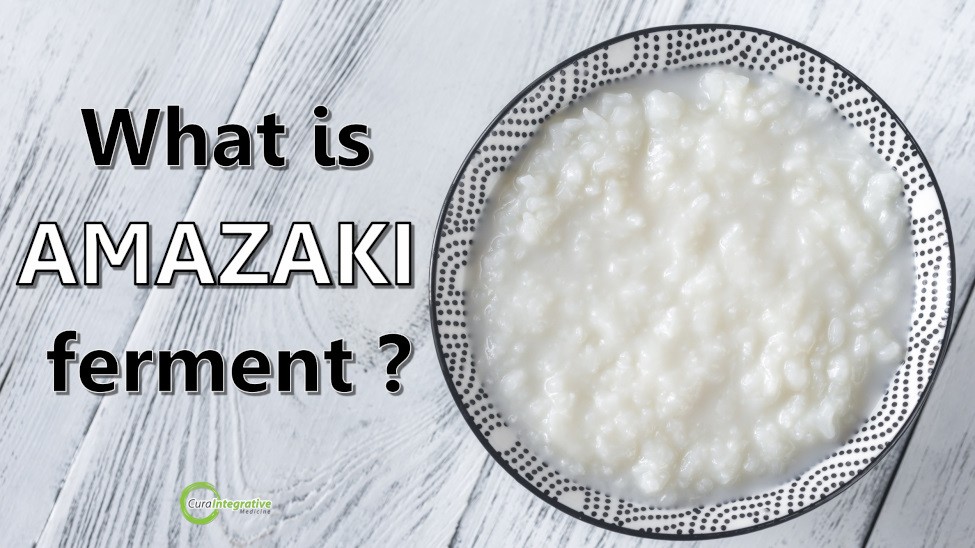Koji is a less known superfood found in a variety of macrobiotic foods. Containing Aspergillus oryzae, koji is used to make foods such as miso, amazaki and tamari. Read More…

IBS and gastrointestinal fungus like Candida
Posted 10 Feb '17
Candida albicans is normally a harmless yeast present in the gastrointestinal tract of humans. The digestive tract of an average adult contains over 500 different strains of bacteria and fungus living in harmony. Although candida and fungal overgrowth in the digestive tract gives rise to the following symptoms:
- Vaginal yeast infections
- lethargy and fatigue
- Chronic diarrhea
- constipation
- stomach bloating and flatulence
- Rectal itching
- Skin eruptions or patches like vitiligo
A strong and healthy immune system, in combination of a balance of beneficial bacteria (probiotics) keep Candida from over populating through the digestive tract. Disruption to this internal balance can lead to yeast overgrowth and it is known as dysbiosis.
What causes it?
There are several contributing factors which can exacerbate the overgrowth of fungus and includes hormonal imbalances, antibiotic use, oral contraceptives, excessive consumption of sugar and refined carbohydrates, food allergies and sensitivities, stress and exposure to environmental toxins. The can directly influence the gastrointestinal integrity and most also lower the immune system.
When an overgrowth of candida or other fungus exists it expels waste products into the blood, depressing immunity and leading to numerous symptoms including fatigue, brain fog, muscular aches, insomnia and mood swings. The excessive overgrowth of candida is called the Candida Related Complex or Candidiasis and can be tested via a blood test or stool test.
The Die-off or Herxheimer reaction
Patients undergoing an effective anti-Candida program may experience a Herxheimer reaction which is commonly called a healing crisis. This occurs as the dying Candida albicans cells release toxins which are recycled through the leaky gut. These toxins are comprised of Candida proteins and other intracellular, yeast molecules that can cross the epithelial cell of the gastrointestinal tract and enter the bloodstream, creating an immune response.
To help reduce the discomfort of the healing crisis reaction, patients are recommended to drink plenty of water (30ml per kilogram of body weight per day) or teas without sugar, take buffered Vitamin C powder and consume a clean diet full of fresh vegetables.
Read more on irritable bowel syndrome or contact the clinic to discuss more.





